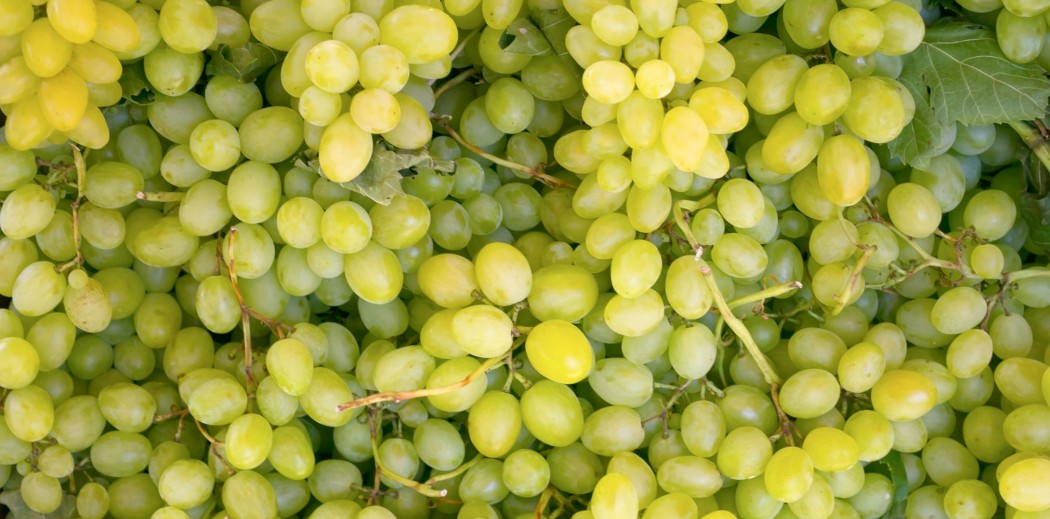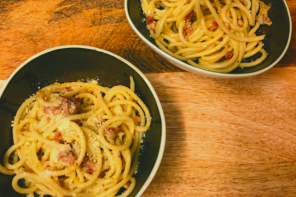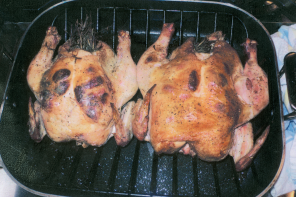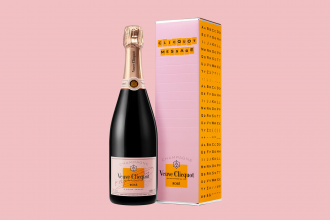If I’ve learned anything from wine folklore, it’s that much of what we drink today was decided by the whims of vino-imbibing kings some hundreds of years ago. Whether or not Charlemagne planted white grapes at Corton Hill because red wine kept staining his beard, Aligoté being banished into obscurity by a Chardonnay-preferring monarch seems a good enough reason for the grape to have been all but forgotten.
Like Gamay, its red sibling, Aligoté is considered one of Burgundy’s outcast wines. Often called the “other” white wine of Burgundy and Chardonnay’s inferior sibling (the wine world is a harsh one), Aligoté is primed to finally have its moment of recognition. Most likely, if you’ve run into Aligoté before now, you’re either a connoisseur of fringe wines or you’ve had Kir, a French cocktail made with crème de cassis and white wine, usually Aligoté. It also makes an appearance in Crémant de Bourgogne, a sparkling wine blend made in Burgundy.
A cross between Gouais Blanc and Pinot Noir, Aligoté first made its debut in the 17th century and up until recently, suffered in comparison with Chardonnay. Part of the reason Aligoté isn’t as popular is simply that there isn’t as much of it around, and what is present is planted in Burgundy’s inferior regions. The grape has been relegated to the highest slopes or the valleys of France’s vineyards so there’s more space for the lucrative, star sellers: Chardonnay and Pinot Noir.
This partly stems from the fact that those two have clout in the marketplace, and partly from the fact that AOC guidelines for Aligoté are very broad. Chardonnay, on the other hand, is entitled to many more classifications. The more specificity allowed by AOC laws, the more the wine will sell for, and the more growers are compelled to plant those specific grapes. Aligoté was also the victim of an attack of phylloxera, an insect that destroys grape vines, in the 19 th century and ravaged the plantings in key wine appellations like Montrachet and Corton-Charlemagne.
While this all means that Aligoté is cheaper – bottles are generally around $20 – it’s also harder to hunt down, especially on American shelves. Despite being mainly unknown in the States, it’s the 22nd most planted grape in the world. About 4,800 acres in Burgundy are dedicated to it, mostly in the Chablis region and northern Rhône valley, though the majority of its vines can be found in Eastern Europe, particularly Romania, Ukraine, Russia and Moldova. Aligoté from Black Sea nations is generally less acidic as the grapes fare best in warmer climates. For US-based drinkers, the wine is popping up in California, Oregon and Washington.
Aligoté is not the friendliest wine: it can be eye-wateringly tart, but when done by the right winemaker, it is crisp, clean, and refreshing. A pale-golden color, its acidity lends it lemon and floral notes that pair best with food, although bottles from Burgundy can hint at an underlying richness and body. Typically, they’re better when young, so don’t automatically go for the oldest bottle when you’re stocking up.
Aligoté’s story is one of the underdog, and while it’s unlikely it will be dominating the wine world anytime soon, it’s definitely ready to make a comeback in its own right.









Bourgonne Aligote was the first wine I loved. I bought it in a small wine shop in Brookline Massachusetts (no longer there) ,and the shopowner owner imported it himself) in the early 70’s, It’s still findable and is still the white wine I measure all other white wine experiences by…